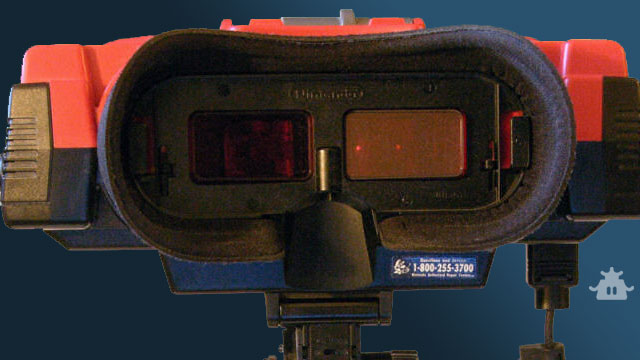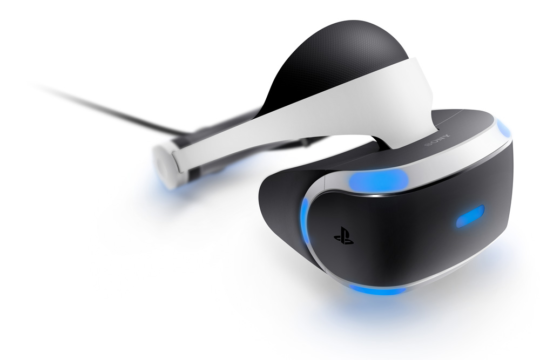
When the Nintendo Switch made its debut, there was no mention of possible VR support. Full details on the system are still pending, so it’s possible that Nintendo will pursue the technology at some point in the near future. Still, it’s unsurprising that Nintendo has yet to commit. While Sony has made a big push with PlayStation VR, virtual reality doesn’t exactly have the greatest track record with Nintendo fans. The technology itself has come a long way since the 1996 release of the ill-fated Virtual Boy, but the very utterance of “VR” is enough to give Nintendo fans pause. It’s a constant reminder of one of Nintendo’s greatest failures. And there’s simply no guarantee that Sony won’t repeat some of those same mistakes with its own technology.
There have been Nintendo systems that have struggled since the Virtual Boy. GameCube, and more recently Wii U, both struggled to find large amounts of fan support, but the company has never had a failure as large as the Virtual Boy. The system launched at a price point of $180, then a quite substantial amount of money. But it wasn’t just the price point that turned off potential buyers. One of the biggest hurdles for the system was getting people to spend that kind of money when the technology couldn’t be properly shown off on television or in print. VR has to be experienced for fans to get a true understanding of its appeal. To circumvent the problem, Nintendo attempted a large rental program for the Virtual Boy through Blockbuster Video; twenty years later, video stores barely exist, so Sony won’t be able to try that same avenue. Some retailers have marketed demo opportunities for PlayStation VR, though those have had their own problems, as well.
While the Virtual Boy technology was not technically VR at all, twenty years after the fact, modern-day VR technology still shares quite a few similar problems: buy-in cost is high, it’s difficult to market, and many people that have experienced it can’t play for long without enduring headaches. As a result, the games that can take advantage of the technology end up rather niche. A look at Sony’s VR lineup shows a number of titles that are little more than glorified tech demos. The technology doesn’t yet have a game like Super Mario 64 or Wii Sports that truly sells VR as a major leap in gaming. With a $500 price point, the technology unquestionably needs it, sooner rather than later.
If any publisher is best equipped to sell new technology to the masses, it’s Nintendo. Recent comments from the company would seem to indicate that VR is at least a possibility for Switch, though fans likely shouldn’t expect it at launch. Nintendo president Tatsumi Kimishima recently commented on the technology, and it seems Nintendo is exploring the potential:
“VR offers new ways of playing, but that depends on what kind of software can be played. If you ask us whether there are any possibilities, we can’t say no. It may be that we will build VR software titles, I think that opportunity is available to us.”
Though there are unquestionable hurdles, the technology does offer significant potential. A survival horror title like Resident Evil or Fatal Frame could certainly benefit from a more immersive experience. Those gaming experiences are often at their best when experienced solitarily. The advent of online gaming certainly took away a good chunk of the “couch multiplayer” offerings available, but there are still plenty of gamers that enjoy sharing the experience with the people closest to them. There’s a reason games like GoldenEye and Super Smash Bros. still have such devoted followings. VR gaming, with its cumbersome setup, will likely never replace those experiences, and publishers shouldn’t seek to do so. Instead, they need to find which genres and franchises can most benefit from the experience.

Technology is an interesting thing. Nintendo apparently had the technology in place for the Game Boy Advance years before the company decided to release it. Instead, it opted to wait, as the Game Boy Color was still selling well for it. At a price point of $399-499, Sony’s headset could prove to be impressive, but it could also be an example of a company pursuing the latest technology too quickly. Sega was a frequent offender in this regard, and it helped lead to the company’s eventual departure from the console market. At the moment, some Nintendo fans may feel a bit left out when it comes to VR, but the company is likely making the right decision in waiting until it can deliver an experience that truly justifies the cost.




 ShareThis
ShareThis





